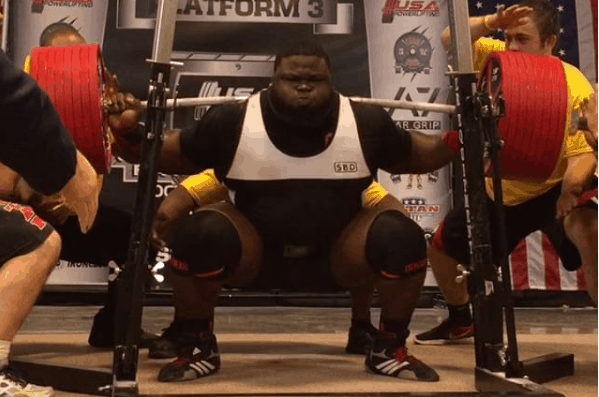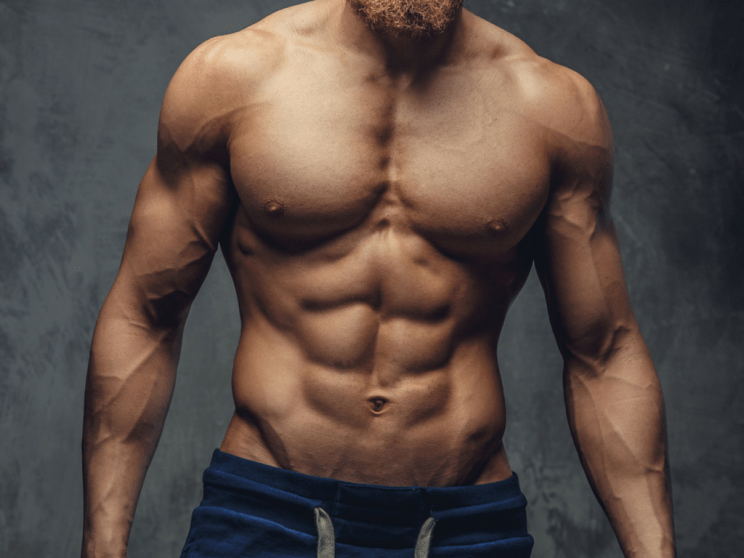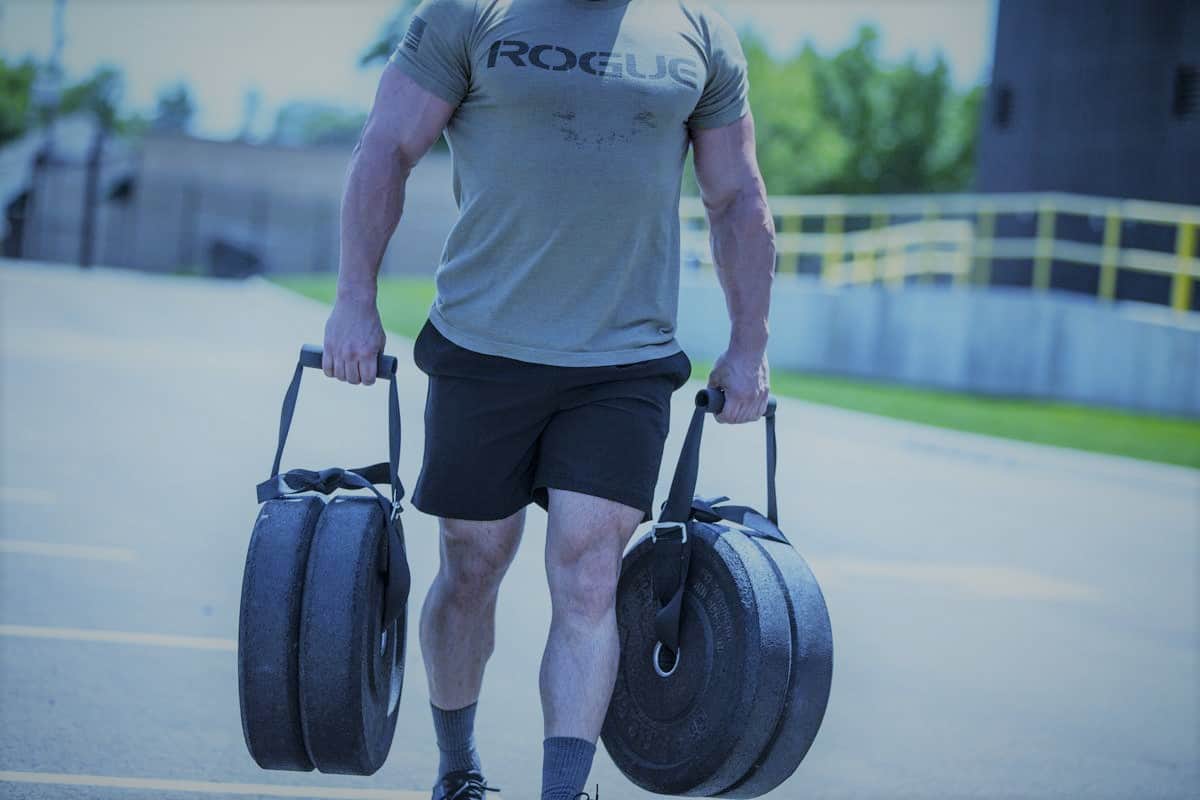If you’re new to the sport of powerlifting, you might have noticed that a lot of top powerlifters aren’t exactly “in shape”. Top-level powerlifters are big. This isn’t unique to the world of powerlifting – you’ve also got people like Brian Shaw, Eddie Hall, and Hafþór Björnsson, who generally compete at a bodyweight and fat percentage that they don’t usually walk around with. Finally, on the weightlifting side of things, you have giants like Lasha Talakhadze or going back a few decades, the legendary Paul Anderson.
Meanwhile, the current record holder for the biggest raw squat is Ray Williams, while the Benedikt Magnusson dominated the deadlift back in 2011 with an insane 1,015 lbs pull, and Julius Maddox continues to defy all reason, inching closer to an 800 lbs bench press.
These are all huge men, both in terms of height and in terms of sheer weight. But why are they so big? Does being fat somehow make you stronger? Or are they just too lazy to diet?
Most Powerlifters Aren’t That Big
First things first – the reason top powerlifters are so big is that they’re competing in an unrestricted weight class. The super heavyweights of the powerlifting and weightlifting world, and by extension, the strongman world (where weight classes do not exist) are as huge as they are because they don’t need to weigh in under a specific weight to cut.
But the super heavyweights are the exception here. Lifters at and under the 120kg mark tend to not only be huge but also ripped. Top-level competitors up to 105kg are rarely any more than 13 percent body fat and tend to look like just barely off-season bodybuilders.
This has a lot to do with the simple fact that there is a natural limit to how much muscle the human body can carry, even with a lot of “helpful” drugs. Super heavyweights, not limited by any weight class, can take advantage of their abnormally large frame (ever noticed they tend to be quite tall?) and thick, heavy bones, by packing on as much muscle as conceivably possible, often eating over ten thousand calories a day.
They aren’t fat because they’re too lazy to diet – they’re fat because for every bit of fat they’re cultivating, they’re also getting just a little extra muscle, and every last bit of muscle they can get onto their bones will help them move earthshattering weight.
This is becoming especially important as records continue to get broken, to the detriment of many super heavyweights’ health (many of them aren’t competition-levels of heavy all year round, and generally trim down as soon as they break a record to try and live longer).
Super Heavyweights Are Exceptionally Muscular
A lot of people were surprised when a study discovered Ray Williams was only about 24.3 percent body fat. But you have to remember that he also weighs in at 183.1kg. 24.3 percent of over 400 lbs is a solid 100 lbs of fat, and even with Williams’ large frame, that still ends up looking like a lot of blubber (no disrespect, the man is a lifting legend). But underneath that blubber, Williams sports one of the world’s most muscular bodies by sheer weight alone.
A lot of this comes down to genetics (even with drugs involved). You need the frame and the genes to carry and produce as much muscle as Williams has, and he’s not unique in this sense.
Other super heavyweights share similar characteristics to Williams, and this can be proven through other studies on maximal human fat-free mass, this time done with sumo wrestlers. The research found that even sumo wrestlers, who famously carry an immense load of fat, had a mean body fat percentage of 26.1 percent.
Again, on a normal guy, this doesn’t look like anywhere near as much fat as it does on sumo wrestlers and lifters like Williams. But when you consider just how heavy they are in total, and how much of that weight is sheer muscle mass (and bone, and organs, etc.), it starts to be a lot more believable.
Fat Doesn’t Move Weight, However…
Weights are indeed moved with muscle, and fat doesn’t help move the weight. Even if you became so fat that it somehow started to affect your lifting mechanics (i.e. you could bounce off your legs at the bottom of the squat), you have to note that a lot of really muscular, really lean guys can already do that, and it contributes minimally to a lift.
However, while fat is relatively speaking pretty useless, and actively harmful in smaller weight classes (because you’re leaving weight on the scale that should be muscle), for lifters and athletes in unrestricted classes, the fat doesn’t matter – what matters is that they prep for a meet to carry as much mass as possible, and having the extra blubber helps them do so because it allows them to train on a constant surplus, and build as much muscle as they can, especially when you factor in potential pharmacological help (i.e. growth hormones and testosterone).
You Need the Right Genes to Be Big
This does not mean the average beginner should aim to eat their way up to 400 lbs to be the world’s next powerlifting phenom. While the heaviest lifts are performed by the heaviest lifters, powerlifting is a sport with weight classes, and the “lighter” lifters (under 120kg) pretty much all sport a six-pack and bicep veins.
However, if you or someone you know has always been on the heavier side, sports a hulking frame, and after a few months of training started moving weight in the 300s, 400s, and 500s, you may have what it takes to become one of the big powerlifters. But would you want to be one?
Stay Lean for Relative Strength (and Longevity)
Sure, the heaviest guys sport the heaviest records, and while powerlifting has weight classes, absolute strength is always much more impressive than relative strength. But ultimately, it’s not exactly healthy to be at that weight. Guys like Eddie Hall and Larry Wheels have shared with the public what it’s like to eat your way into competition “shape”, and it’s neither easy nor fun.
You’re forcing thousands of calories down your throat, eating from sunrise until way after sunset, feeling constantly full, and training in between meals. You’re moving some of the biggest weights ever, but your heart at times feels like it’ll explode, and just bending over to tie your shoelaces makes your blood pressure spike immensely.
All that mass isn’t great for the heart, especially if other substances are involved (an enlarged heart is a surefire ticket to a shorter lifespan). It might be worth it if you’ve got what it takes to be immortalized for your deeds and feel that you want to trade those years in for a record, but most lifters shouldn’t aspire to become one of the BIG powerlifters. Stay lean, stay clean, and lift (and live) longer.





